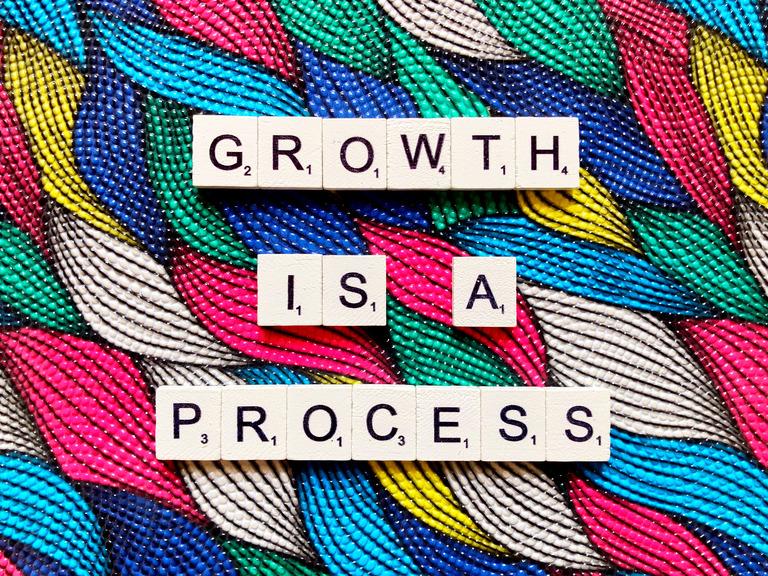
Engineering leadership | Blog Post
How to Scale Your Software Development Team
Wes Mitchell-Lewis
Share this post
Every successful startup has to face the challenge of scaling at some point. The vast majority of businesses succeed in getting off the ground, managing the day-to-day operations of a relatively small staff, and producing measurable outcomes—but when some attempt to scale developer teams, problems may arise.
You’ll have to adjust your management strategy for your software development team as it expands in size and complexity. Any “hands-off” management style will no longer be adequate; you’ll need to take more initiative to keep your team running smoothly.
When Do You Scale a Software Development Team?
The success of your company has a direct bearing on how quickly you can scale your software development team. Therefore, knowing the current state of your firm is essential for deciding if expansion is necessary.
Your Current Team Needs Help to Keep Up With the Demand
If your current team is struggling to keep up with the demands of your customers or clients, it may be time to start scaling up. Adding additional headcount will allow you to distribute the workload more evenly and should help to alleviate some of the pressure your team is under.
You’re Starting to See Errors in Your Software
When people are overworked, they’re more likely to make mistakes. If you’re starting to see more errors in your software than usual, it could be a sign that your team is stretched too thin. Adding an additional headcount can help reduce the likelihood of errors being made.
You’re Losing Customers Due to Long Wait Times
If you’re losing customers due to long wait times for customer support or other services, it’s time to start scaling up your team. Long wait times are a surefire way to lose business, so adding additional staff can help reduce wait times and keep your customers happy.
What Could Go Wrong When Scaling Software Teams?
Suppose you need to increase your workforce because of a shortage of personnel. A new team may seem like the obvious solution, and in some ways, it is, but there are many other factors to consider.
Before taking this next step, there must be careful forethought and coordination with the company’s overall business strategy. Otherwise, the following problems may arise when hiring new staff members:
- Unbalanced team members’ workload.
- Problems with responsibility distribution, team leadership, and overlapping communication occur when a team expands.
- Spending extra time on tweaks and fixes might add up.
- Project support time increases as the number of projects expand.
- Both the application’s framework and source code lack the necessary adjustments to support a larger workforce.
Scaling Your Software Development Team From a Business Standpoint
Get things up and running by concentrating on what matters for your business. Establishing a prosperous company requires a firm grasp of one’s identity and intended course of action. Nothing guarantees that scaling your company won’t bring up issues, even if you’re not facing any at the moment.
Confidence in the scaling phase is a result of a strong foundation. Clearly articulate the values, goals, and norms that drive your business. These are the cornerstones around which any organization is built, and they serve as a unifying force as the group works toward its objectives. They foretell the future of a corporation and its public image.
Adding More Resources
Adding new personnel and resources is the first step in expanding a software development team. This could mean hiring more developers or anything else that would increase your team’s capacity.
The key benefit of this strategy is its ease of implementation. However, it can be extremely pricey, and there is no assurance that your team’s productivity will increase. The situation could even worsen if it is not handled appropriately.
Improving Efficiency
Increasing productivity and efficiency can be achieved in various ways, including purchasing new equipment, introducing automation software, or any combination of these approaches.
Improving your team’s efficiency is paramount but it can be challenging to know where to begin, and there’s always the chance that your efforts will yield no results. Most of the time, this method is more cost-effective than increasing available resources. In addition to expanding your group’s capability, this strategy may also boost performance.
Hiring the Right People
Experienced managers of distributed teams know how easily information can get lost. By redesigning the current communication channels, everyone on the team can easily access the information they need promptly with as little digital interference as possible.
The strength of any organization is in its people. With the appropriate people, the aforementioned strategies will work.
The concept of “the appropriate person” is open to wide interpretation. The first factor is the company culture you helped establish. Company culture is something that should not be taken lightly. When a company is ready to expand, the culture faces significant challenges.
How To Scale a Software Team From a Technical Standpoint
Scaling a team may only sometimes yield desirable results due to ill-considered infrastructure and application architecture.
You add new features only to discover that your current infrastructure needs to catch up. Or the application’s architecture may be flawed to the point where specific features stop working. It is critical to plan out the design of the scaled product in advance. Another benefit is finding out how many people will be needed to complete this.
Use a Microservices Architecture
A monolithic application can be modularized into smaller, more manageable services using this approach.
This will enable you to parallelize development efforts and deploy new features more quickly and efficiently. Additionally, a microservices architecture will make adding new members to your team easier as they will only need to be familiar with the service they are working on rather than the entire codebase.
Implement Automated Testing
Another essential tip for scaling your software team is to implement automated testing. As your team grows, manually testing your codebase will become increasingly time-consuming and error-prone.
Automated testing will help ensure that new code changes do not break existing functionality and that all new features are functioning as expected. Implementing automated testing early on will save you time and headaches.
Utilize Continuous Integration/Continuous Delivery (CI/CD)
Finally, utilizing CI/CD pipelines is key for scaling your software team from a technical standpoint. CI/CD pipelines automate the build, test, and deployment process, allowing you to release new features more quickly and efficiently.
Additionally, CI/CD pipelines can help reduce errors by automating repetitive tasks prone to human error. Implementing CI/CD is an absolute must for your software team to scale successfully.
Scale Your Development Team: Avoid These Mistakes
Problems will arise when your development team expands. To scale your team efficiently, you must avoid the pitfalls that other organizations have experienced.
Not Defining Roles and Responsibilities Early On
If you don’t take the time to establish clear boundaries at the outset, your growing team is less likely to gel and perform as a unit. Share your expectations with your staff and encourage them to contribute. As a result, everyone can work together more efficiently, and misunderstandings can be avoided.
Not Having a Clear Roadmap
A roadmap is essential to ensure everyone is on the same page and knows what needs to be done. Without a roadmap, it won’t be easy to track progress and ensure everyone is working towards the same goal.
Not Providing Adequate Training and Support
Your team’s productivity and cohesiveness will only improve if you invest in their education and development as they grow. Training on the new systems and processes should be made available, along with help fixing any issues that may crop up. This will help guarantee that your group can collaborate successfully.
Not Monitoring Performance Closely Enough
Monitoring your team’s progress might help you spot potential issues before they become major setbacks. This will allow you to fix small problems before they snowball into major catastrophes.
Scale Your Software Development Team the Right Way
A business’s core procedures might be directly impacted by scaling—it exposes how well-established your organization is and difficulties that aren’t obvious with a small staff.
To scale successfully, you need a solid foundation, which includes a well-defined mission, vision, and culture; well-established internal processes; and a technical infrastructure ready for growth.
Continue to explore the rest of Terminal’s content offerings. If you are interested in learning more about how Terminal can support your organization and accomplish your development goals, please get in touch with our team!


